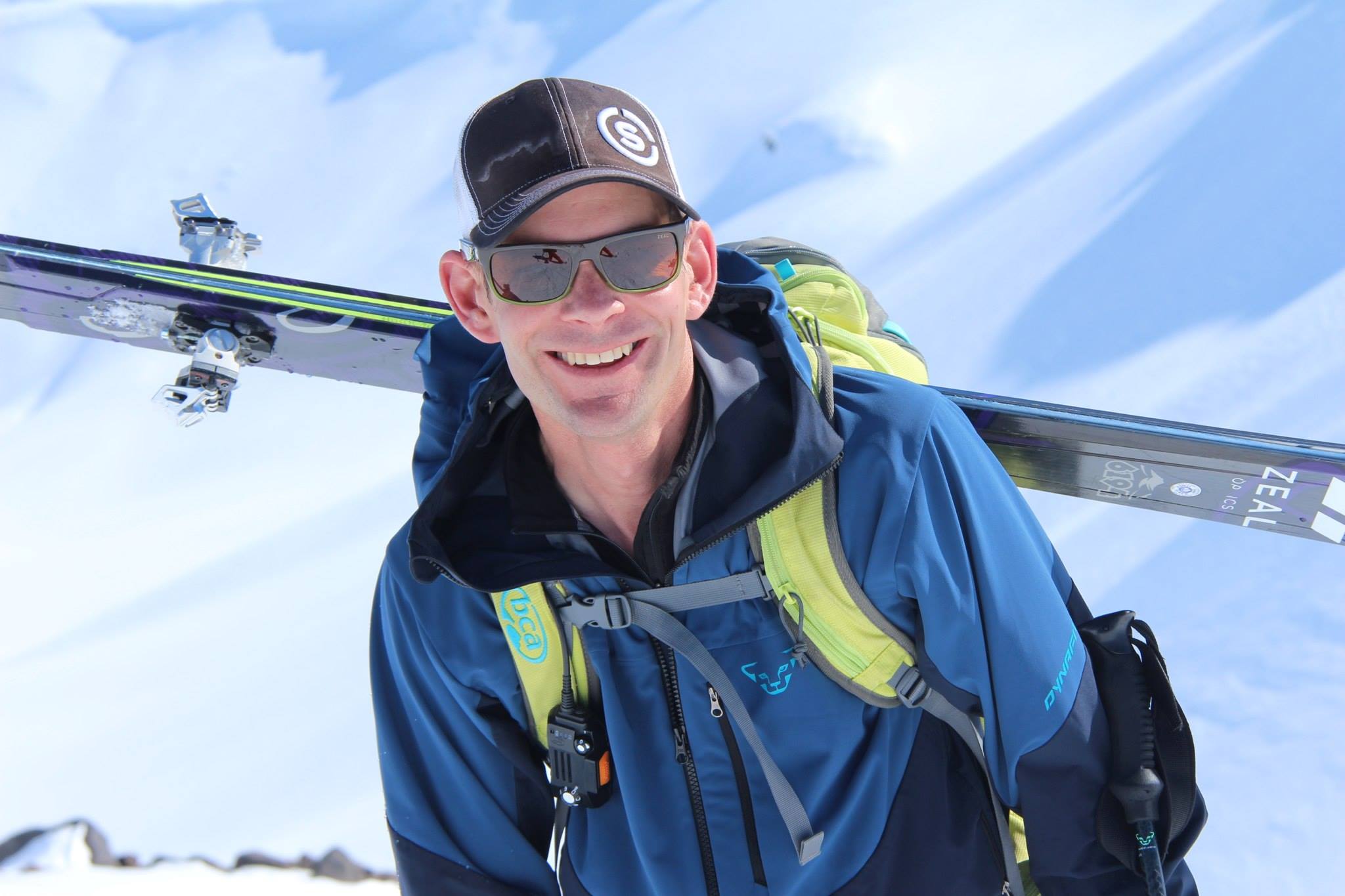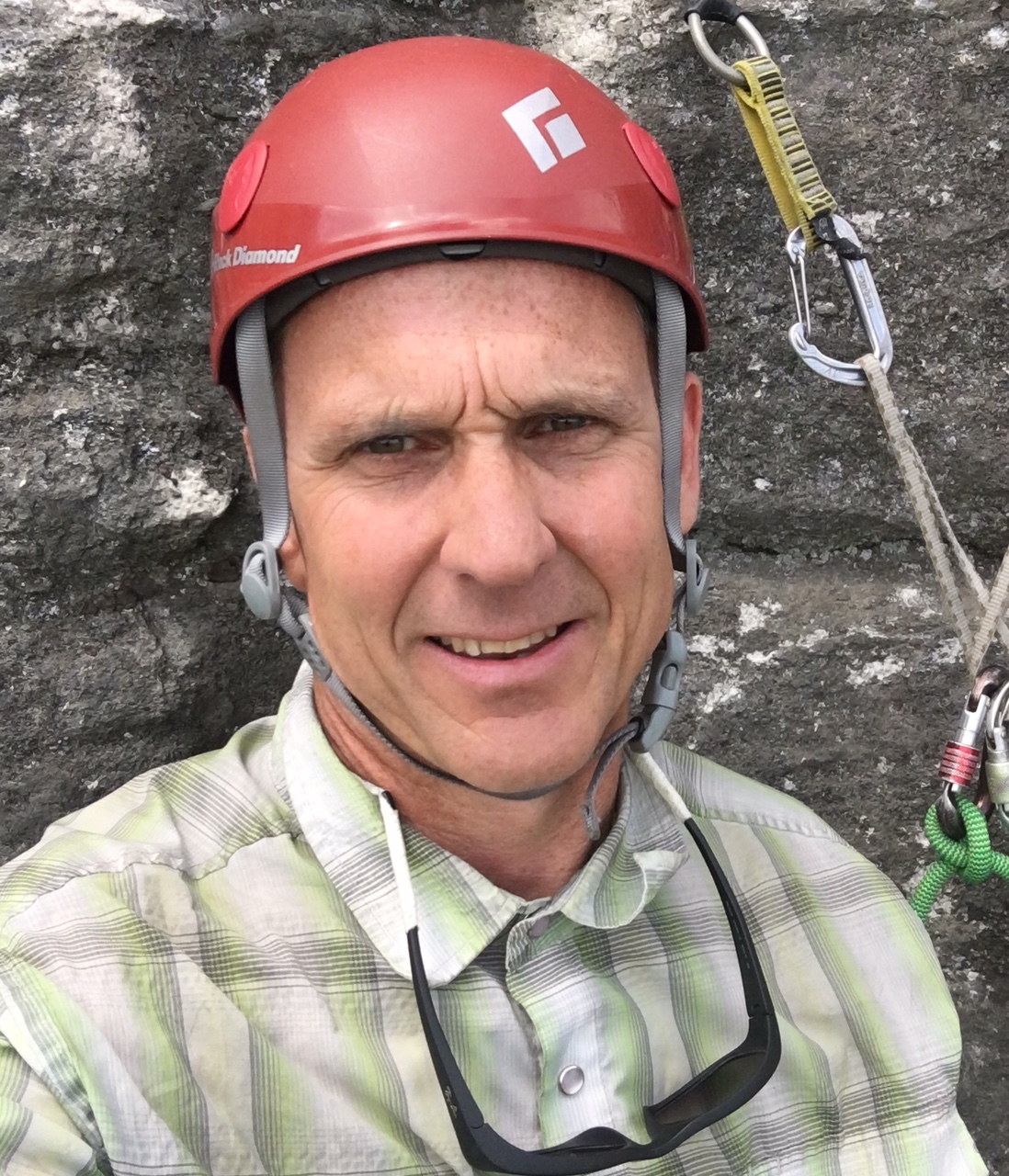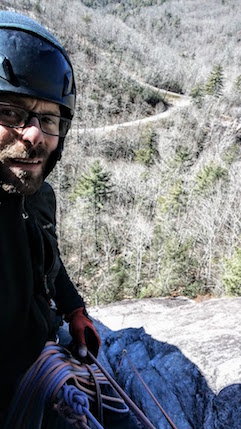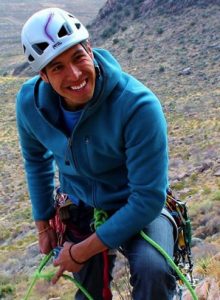Beacon Overload: Making Sense of Transceiver Multiple-Burial Functions
Photos, diagrams, & text by Bruce Edgerly
“What happens if I press this button over here?”
“How come this icon just disappeared for no reason?”
“Why do I keep coming back to this victim that I already marked?”
If you’re an avalanche instructor, rescue trainer, or just plain old beacon user, you’ve probably been at the receiving end of these kinds of frustrating questions. As an assumed “expert” on the subject, you’re expected to have answers. Don’t fret: help is here.
Transceivers are only part of the rescue process—and they all have weaknesses, just like us humans. In recreational level courses, the key is to explain the “big picture” instead of getting wrapped up in the technology. Make sure you cover the skills needed in ALL rescues, not just a small subset of “boutique” scenarios.
The Big Picture
Like anything else in the media, the sexiest stories get the most attention. In our case, this means the epic multiple-burial incidents that occur once every several years. You rarely hear about the success stories involving live recoveries and near misses. Several studies have shown that about 40 percent of avalanche rescues are never even reported. This translates to several dozen live recoveries a year that happen behind the scenes.
So how common are multiple burials? Statistics show that as recreational backcountry use has increased relative to guided backcountry use–and equipment and avalanche education have become more widespread–the proportion of multiple burials has decreased over time. Currently in the United States, Canada, and Europe, about 15 percent of accidents involve multiple burials. Those involving three or more victims are decreasing too. A 2012 report by researchers Juerg Schweizer, Dominic LeTang, and Manuel Genswein concluded that burials involving more than two people have gone from 10 percent before 2000 to less than five percent since 2000.
This is a relatively low number, which means that if you’re spending most of your time teaching boutique multiple-burial techniques then you might be missing the bigger picture. Especially if you consider that most of these multiple burials are solved no differently than single burials. Only in close-proximity situations are most multiple burials solved any differently than a single burial. But research shows that only about one percent of accidents involve close-proximity burials, in which the victims are buried within 10 meters of each other (see http://www.backcountryaccess.com/research).
The big picture clearly shows that “special case” close-proximity multiple burials are extremely rare. While it’s important to address special cases in professional-level training, in recreational courses your time should be focused on those skills that are required in ALL avalanche rescues, not just a small proportion of rescues. This includes search strategy for one to two victims, shoveling strategy, treating the injured, and the biggest challenge of all, group management: “Renegade” signals from clueless searchers on the surface are usually a much bigger problem than multiple signals coming from the victims!
“Marking” is Born
If multiple burials are such a small part of the picture, then where does all the talk come from? It comes from the guiding world. For economic reasons, large guided groups often ski together—and occasionally get buried together. If an accident occurs, the rescue expert in the group (usually the guide) is expected to find all the victims while guests act as assistants or bystanders. To become a certified guide, a candidate is usually required to find at least three victims (one more than two meters deep and two in close proximity) in a short period of time, with minimal assistance. In more realistic guiding exams, the candidate is required to find only some of the victims, but must dig them out within the time limit, usually well under ten minutes. In even more realistic scenarios, they must also administer first aid. From the world of specialized guiding exams, “marking” functions on avalanche beacons were born. Marking enables the most skilled searcher to suppress the signal of the found victim, then move on to the next victim while less skilled rescuers begin shoveling.
If you’re teaching avalanche courses, it’s important to tailor the content of your rescue training to your audience. Most recreational course takers are better off working on big-picture rescue skills instead of boutique, special-case rescue skills like the ones above. If you’re teaching pros, then you can start getting into more detail—but only after you’ve truly got the fundamentals wired.
Real World Beacon Searching
In the real world, beacon searching can actually be simpler than it is in some avalanche courses: probing is done for bodies, not Tupperware, and if a multiple burial does occur, the victims are usually located the same way as single burials–either “in series” or “in parallel.” In the former, a single rescuer locates the first victim, digs enough to provide that victim an airway, then continues the signal search for the next victim (“in series”), preferably turning off that victim’s beacon before moving on. In the latter, two or more searchers fan out across the avalanche debris pile (“in parallel”) and isolate signals as they go.
The only exception is when the victims are close together, within about ten meters of each other. In this case, it’s possible to skip right over one victim’s signal by charging off in the wrong direction. Or in the “parallel” multiple-searcher scenario above, one searcher might end up isolating two signals, but the other searchers might not isolate any. In rare close-proximity burials like this, special search techniques or technologies can come in handy.
Special Techniques
 Proven techniques used to solve these situations include micro search strips–popular in Canada–and the German Alpine Club’s three circle method. Both of these are based on using signal strength to isolate each victim. Generally, the searcher begins at the victim’s last seen point and systematically travels through the debris, making sure he or she doesn’t miss any areas. All modern avalanche transceivers are programmed to bring you to the strongest signal, although the ones with faster processing speeds do this a lot better than others. As long as you keep moving–and stick to a disciplined search pattern–you’ll find all of them. Keep in mind that if you can’t turn off the found victim’s beacon, you’ll have to ignore that signal as you move away from it.
Proven techniques used to solve these situations include micro search strips–popular in Canada–and the German Alpine Club’s three circle method. Both of these are based on using signal strength to isolate each victim. Generally, the searcher begins at the victim’s last seen point and systematically travels through the debris, making sure he or she doesn’t miss any areas. All modern avalanche transceivers are programmed to bring you to the strongest signal, although the ones with faster processing speeds do this a lot better than others. As long as you keep moving–and stick to a disciplined search pattern–you’ll find all of them. Keep in mind that if you can’t turn off the found victim’s beacon, you’ll have to ignore that signal as you move away from it.
 These two techniques are very similar, but are customized for different scenarios: micro search strips work best in smaller deposition areas (such as guiding exams) and the three circle method works best in larger areas, preferably not very steep, since you sometimes end up moving uphill. With both techniques, the searcher takes passes through the suspected burial area in small passes of three to five meters, always remaining in Search mode, not marking or using any other signal suppression mode.
These two techniques are very similar, but are customized for different scenarios: micro search strips work best in smaller deposition areas (such as guiding exams) and the three circle method works best in larger areas, preferably not very steep, since you sometimes end up moving uphill. With both techniques, the searcher takes passes through the suspected burial area in small passes of three to five meters, always remaining in Search mode, not marking or using any other signal suppression mode.
Special Technologies
The above might seem like a lot of excess running around, especially when lives are at stake and the clock is ticking. Enter “marking,” also known as “flagging” or “signal suppression.” Most digital avalanche transceivers, including the most recent release, Tracker3, now offer a feature that enables the rescuer to press a button that suppresses the signal of a victim that has been found, then immediately see the signal of the next-closest victim and move directly to that location.
This technology can work exceptionally well, especially with only two victims. But once there are more than two, it gets increasingly unreliable. This has not gone unnoticed–resulting in more than a few failed transceiver exams! The German Alpine Club published a “security advisory” in 2014 about the perils of marking. In their 2012 ISSW report, Schweizer, LeTang, and Genswein found that with four out of five transceivers, one-third of novices using marking failed to find the third victim. In 2011, a report in The Avalanche Review concluded that marking functions failed up to 70 percent of the time in scenarios involving four victims (“Having Problems in Multiple Burial Searches? Signal Overlap Explained,” Steve Christie, The Avalanche Review, vol. 30, issue 1, October 2011, pg. 11).
Once marking fails, then you’re usually worse off than if you simply used one of the proven signal-strength techniques above. That’s because when using marking, the user abandons the disciplined search pattern that’s necessary to “eliminate terrain” and ensure that all victims are found. Once you get off that pattern, all bets are off on a thorough search.
What causes this failure? Signal overlap. This is when the “beep” from one victim’s transceiver occurs at the same time as another victim’s “beep.” When this happens, the searcher’s transceiver no longer knows how many signals are present. If the rescuer marks a victim, then both signals could be eliminated–whether or not both victims have been located. Also, when signals overlap like this, a signal that has been marked can all of a sudden become unmarked. Other common symptoms are that the distance and direction to the next victim simply don’t change as the searcher moves through the debris–or an extended “Stop” message appears in the transceiver’s display. The only way to salvage your search at this point is to “reboot” your transceiver (turn it off and on again), go to analog mode with some models, or go to the “scan” function on others. But if you don’t know you should do this—or aren’t very good at it—then your search can quickly turn into a veritable train wreck.
Realities
As you can see, avalanche transceivers are not foolproof in multiple burials–even the most expensive and sophisticated ones. So keep it real and remember the following:
- The biggest technical challenge in most avalanche rescues is digging. This takes far more time than the beacon search. In most recreational avalanche incidents there are barely enough shovelers to excavate a single victim, let alone two or more. Are you really going to NOT dig somebody up? For these reasons, in almost all multiple burial scenarios, marking is a luxury. People will die if you don’t start shoveling immediately. The only exception might be in scenarios where a skilled professional might be qualified to make triage decisions on which victims get priority–or in mechanized scenarios, where manpower can be called in to provide rescue support.
- Don’t rely entirely on marking: as many of us have experienced, it has major limitations. In most guiding exams involving three or more victims, guides generally do not use marking. They use proven signal-strength search techniques such as micro search strips. This is because there’s a good chance marking will fail. This is also why some beacon brands don’t allow the user to mark or suppress more than one signal at a time. Or the suppression mode defaults back to normal search mode after a specified period of time¬–so the user doesn’t have to know to “reboot” or switch modes in the case of a train wreck.
- Likewise, do not count on the “counting” function of your transceiver. Most modern beacons have an icon that will indicate whether more than one victim is in range. If there are more than two, then these functions can become unreliable. This is why some brands do not attempt to indicate more than two, but will display a “+” when there are more than that. In most cases, it’s preferable to have limited but reliable information rather than lots of information that may or may not be true.
- When teaching recreational-level avalanche courses, it’s more important to master 1- and 2-victim scenarios (in series and in parallel), group management, and strategic shoveling than it is to focus on boutique, special-case multiple burials. Once the essentials are covered, then get into basic micro search strips. Ideally, marking and suppression should be taught last.
- Better yet, prevent multiple burials from happening. You can do this through smart route planning, safe travel techniques (one at a time), and effective group communication: lots of discussion, open sharing of ideas, and the efficient use of two-way radios.
No need for you or your students to suffer from beacon overload. Keep your eyes on the big picture and focus on those skills that are required in ALL avalanche rescues–not just the boutique skill set that might be required to pass a guiding exam.
 Bruce Edgerly is co-founder and vice president of Backcountry Access (BCA) a leading manufacturer of avalanche rescue equipment, including Tracker transceivers and Float airbags. Also known as “Edge,” Bruce serves on the board of the Friends of the Colorado Avalanche Information Center and on the board of Project Zero, an industry-wide international collaboration of manufacturers, avalanche forecasters, and land managers, with the a mission of eliminating avalanche fatalities. Edge is an avid backcountry skier and has presented over a dozen papers at the International Snow Science Workshop (ISSW) and International Commission on Alpine Rescue (ICAR). Learn more at www.backcountryaccess.com.
Bruce Edgerly is co-founder and vice president of Backcountry Access (BCA) a leading manufacturer of avalanche rescue equipment, including Tracker transceivers and Float airbags. Also known as “Edge,” Bruce serves on the board of the Friends of the Colorado Avalanche Information Center and on the board of Project Zero, an industry-wide international collaboration of manufacturers, avalanche forecasters, and land managers, with the a mission of eliminating avalanche fatalities. Edge is an avid backcountry skier and has presented over a dozen papers at the International Snow Science Workshop (ISSW) and International Commission on Alpine Rescue (ICAR). Learn more at www.backcountryaccess.com.












